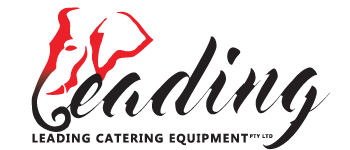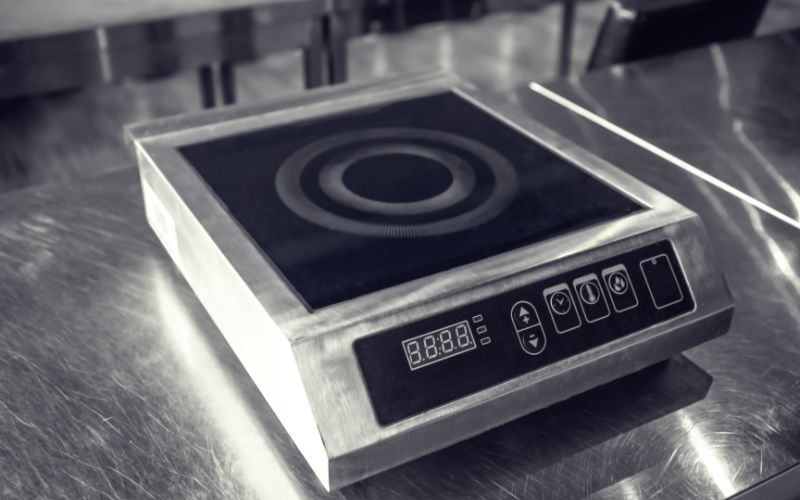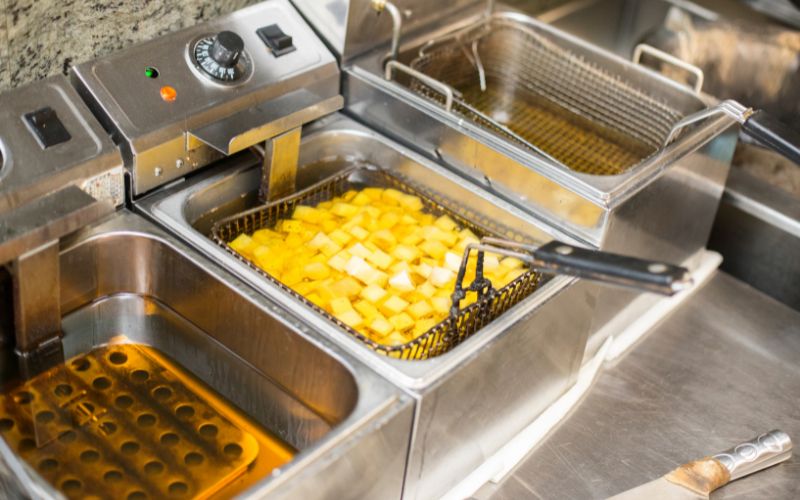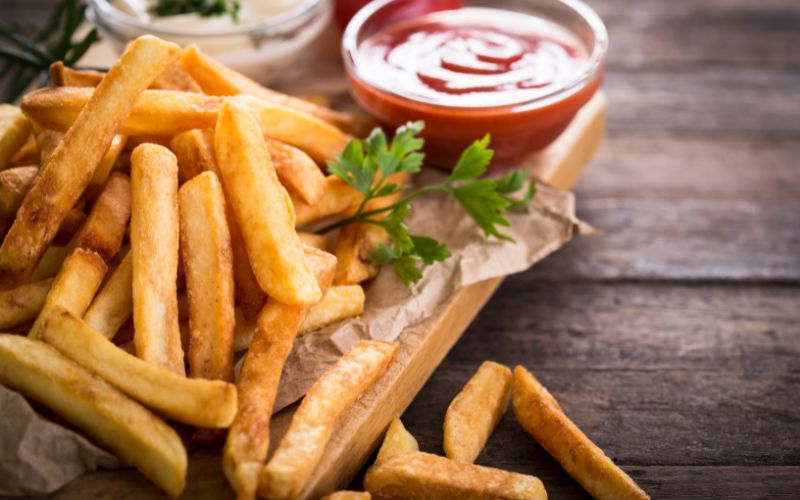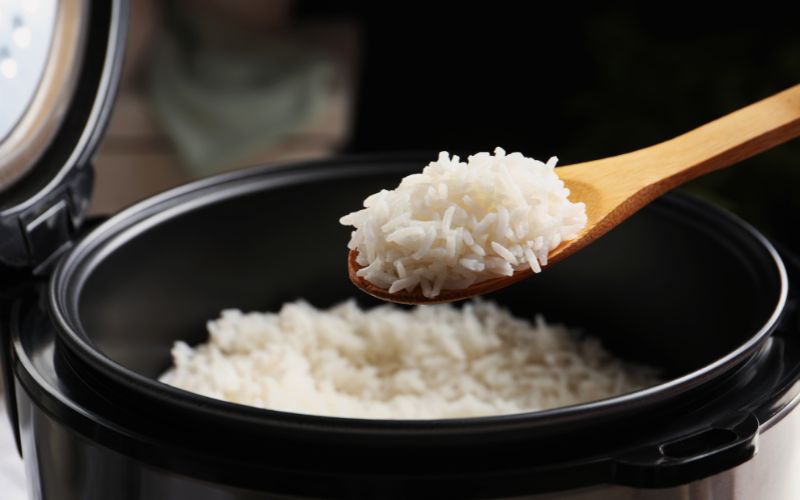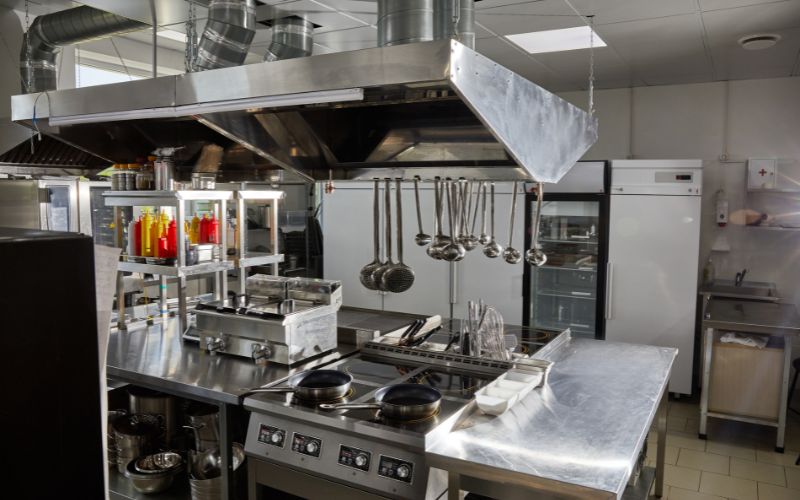Revitalise Your Commercial Kitchen: A Comprehensive Deep Cleaning Checklist
Running a commercial kitchen can be demanding and fast-paced, but ensuring that your catering equipment is adequately maintained and cleaned is crucial. Not only does this ensure the longevity and efficiency of your equipment, but it also provides the health and safety of your customers. So we've created a comprehensive deep-cleaning checklist for your commercial kitchen equipment.
This guide covers everything from dishwashers to ovens and will help you revitalise your kitchen for maximum efficiency and hygiene. Whether you're a seasoned pro or just starting, this checklist will ensure that every detail is noticed and that your equipment is sparkling clean.
Importance of Proper Cleaning of Commercial Kitchen Equipment

Proper cleaning of commercial kitchen equipment is essential for several reasons:
Food Safety: Dirty kitchen equipment can lead to cross-contamination and the spreading of harmful bacteria, putting customers at risk of foodborne illness. Regular cleaning helps to prevent this.
Equipment Longevity: Dirt and grime can cause equipment to break down faster, and cleaning helps prolong your equipment's life.
Energy Efficiency: Dirty equipment can lead to decreased efficiency and increased energy consumption. Proper cleaning can improve efficiency and lower energy costs.
Cost Savings: Regular cleaning and maintenance of equipment can prevent costly repairs or replacements in the long run.
Professionalism: A clean and well-maintained kitchen projects a professional image and gives customers confidence in the quality of food and service.
Commercial Dishwashers

Commercial dishwashers are specialised machines designed to clean and sanitise large quantities of dishes, glasses, and utensils used in commercial kitchens. They are essential to maintain food safety and cleanliness standards in these settings. The following steps outline the process of cleaning and sanitising commercial dishwashers:
Disassembling Dishwashers:
Remove all dish racks and utensils.
Disassemble any removable parts, such as spray arms and filters.
Wash and rinse nozzles.
Cleaning Dishwashers: Clean the interior and exterior of the dishwasher, including the door seal and gasket, using mild detergent and warm water. Pay special attention to the filters, spray arms, and nozzles, which can become clogged with food debris.
Sanitising Dishwashers: Sanitise the dishwasher using a sanitising solution or hot water. Follow the manufacturer's recommendations for the appropriate concentration and method of application.
Reassembling Dishwashers: Reassemble all removable parts, such as spray arms, filters, and nozzles, and replace all dish racks and utensils.
Deep Fryers

Deep fryers are commonly used in commercial kitchens to fry various foods, including chicken, fish, and French fries. However, deep fryers can become contaminated with food debris and grease, affecting the taste and quality of the fried food. The following steps outline the process of cleaning and sanitising deep fryers:
Cooling Fryers: Allow the fryer to cool completely before cleaning.
Removing Oil: Drain the used oil from the fryer into a designated container.
Cleaning Fryer Basket: Remove the fryer basket and wash it in hot soapy water, then rinse and dry it.
Cleaning Fryer Exterior: Clean the fryer's exterior using mild detergent and warm water, then rinse and dry it.
Cleaning Fryer Interior: Clean the interior of the fryer using mild detergent, warm water, and a soft brush or cloth. Pay special attention to the heating element, which can become coated with grease.
Sanitizing Fryer: Sanitise the fryer using a sanitising solution or hot water. Follow the manufacturer's recommendations for the appropriate concentration and method of application.
Grills and Griddles

Grills and griddles are commonly used in commercial kitchens for cooking various foods, such as burgers, steaks, and pancakes. However, they can become contaminated with food debris and grease, affecting the food's taste and quality. The following steps outline the process of cleaning and sanitising grills and griddles:
Cooling Grills and Griddles: Allow the grill or griddle to cool completely before cleaning.
Scraping Surface: Use a scraper or spatula to remove food debris from the grill's surface or griddle.
Wiping Surface: Use a hot, damp cloth or paper towel to wipe down the grill's surface or skillet, removing any remaining food debris.
Cleaning Surface: Clean the surface of the grill or griddle using a mild detergent and warm water, and a soft brush or cloth. Pay special attention to any stubborn grease or food residue.
Sanitizing Surface: Sanitise the grill's surface or griddle using a sanitising solution or hot water. Follow the manufacturer's recommendations for the appropriate concentration and method of application.
Ovens and Ranges

Ovens and ranges are essential appliances in commercial kitchens, used for baking, roasting, and cooking various dishes. However, they can become contaminated with food debris and grease, affecting their performance and the food's taste and quality. The following steps outline the process of cleaning and sanitising ovens and ranges:
Removing Food Debris: Remove any loose food debris from the oven or range, including drip and broiler pans.
Cleaning Exterior: Clean the oven's exterior or range using a mild detergent and warm water, then rinse and dry it.
Cleaning Interior: Clean the oven's interior or range using mild detergent, warm water, and a soft brush or cloth. Pay special attention to the heating elements and any stubborn grease or food residue.
Sanitizing Interior: Sanitise the oven's interior or range using a sanitising solution or hot water. Follow the manufacturer's recommendations for the appropriate concentration and method of application.
Induction Plates

Induction plates, also known as induction cooktops, are an increasingly popular choice for commercial kitchens due to their energy efficiency and fast heating capabilities. However, they can become contaminated with food debris and spills, affecting their performance and the food's taste and quality. The following steps outline the process of cleaning and sanitising induction plates:
Removing Food Debris: Remove any loose food debris from the surface of the induction plate using a scraper or spatula.
Wiping Surface: Use a hot, damp cloth or paper towel to wipe down the surface of the induction plate, removing any remaining food debris.
Cleaning Surface: Clean the surface of the induction plate using a mild detergent and warm water, and a soft brush or cloth. Pay special attention to any stubborn grease or food residue.
Sanitizing Surface: Sanitise the surface of the induction plate using a sanitising solution or hot water. Follow the manufacturer's recommendations for the appropriate concentration and method of application.
Conclusion:
In conclusion, maintaining a clean and sanitary commercial kitchen is essential for the safety of customers and employees and for the longevity and performance of kitchen equipment. The comprehensive deep cleaning checklist provides a systematic approach to cleaning and sanitising commercial kitchen equipment, including dishwashers, deep fryers, grills and griddles, ovens and ranges, and induction plates.
By following this checklist, you can ensure that your kitchen equipment is thoroughly cleaned and sanitised, reducing the risk of cross-contamination and the spread of harmful bacteria and improving the taste and quality of the food being cooked.
Buy Your Commercial Kitchen Needs at Leading Catering Equipment
Leading Catering Equipment is your one-stop shop for all your commercial kitchen needs. We offer a wide range of commercial kitchen equipment and supplies, from top-of-the-line ovens to necessary cleaning products.
Our knowledgeable staff can help you find the right equipment for your kitchen and advise you on how to maintain it best. Browse our products today and get the commercial kitchen equipment you need to keep your business running efficiently and safely.
Contact us today for more information!
